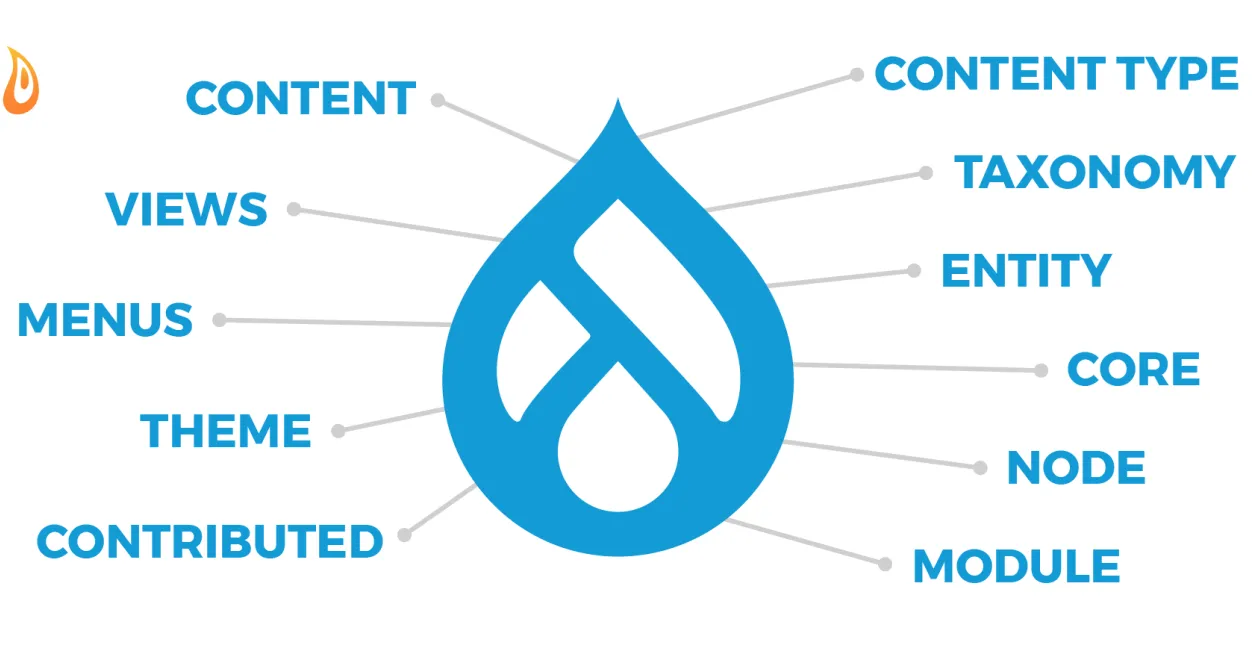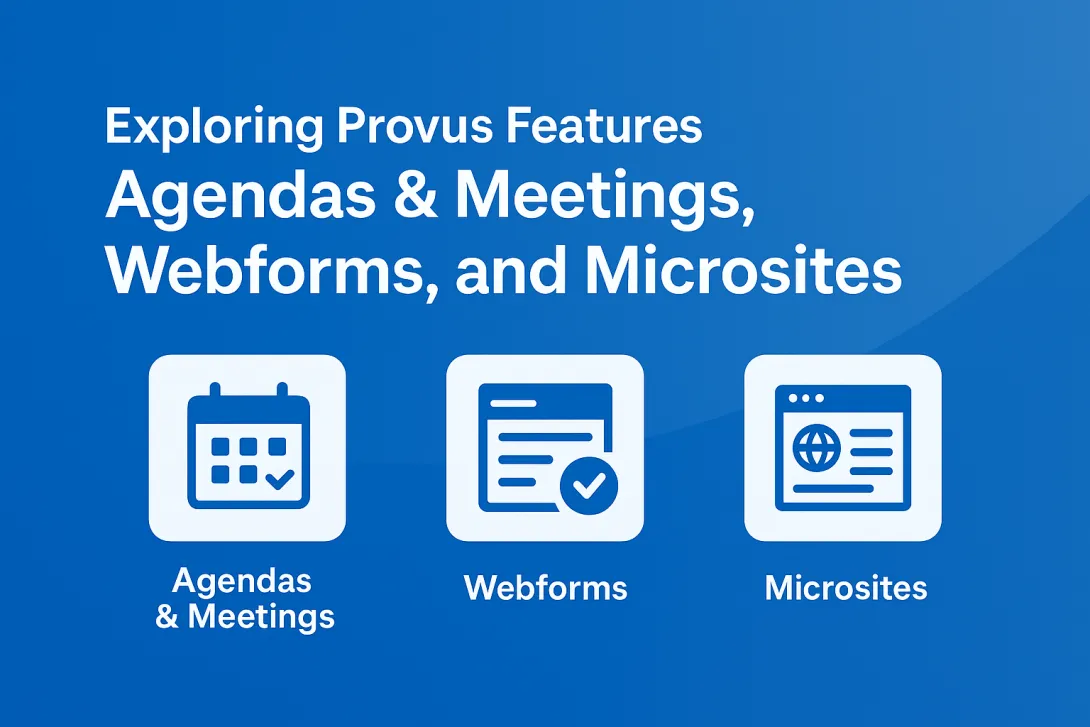A Quick Guide to Drupal Terminology

Whether working with a Drupal consulting company on a new web build, or starting out as a Drupal developer, Drupal terminology often emerges as a sticking point. There’s a lot of Drupal jargon that’s not intuitive.
As a Drupal Trainer, I’ve found that a lot of time can be saved, and confusion spared with an upfront overview of terms that have a distinct meaning in Drupal. Clarity on Drupal Terminology can kickstart efforts to both talk the Drupal talk and walk the Drupal walk, so here’s a quick guide to essential Drupal-specific vocabulary to get started on that journey.
1. Content
Content encompasses both text and images displayed on a website -- including photos, logos, icons, and other graphic items.
2. Views
A View is a display of content items created by the Drupal Views module. It can be a list or grid or table, a full page or a block on a website. News items, for example, can be displayed as simply titles, or with teaser content, as a carousel display, or even as an RSS feed to export items to an external source. The benefit of creating views of content is that edits just need to be made once to be automatically updated everywhere that a view of that content is displayed.
Looking at the Promet Source site as an example, clicking “Insights” on the main horizontal navigation lists the five most recent blog posts. The View displayed here is a list of with basic information about each post.
3. Content Type (Entity Bundle, Entity Type)
A Content Type, sometimes referred to an Entity Bundle is a grouping of content used for a specific purpose with fields for various types of information. Most sites have multiple content types. A blog post is an example of a content type. A grouping of fields holds the data for each blog post that is created and displayed on the website. The following post from the Promet Source Blog is an example of a Content Type.
4. Content Item or Node
A Content Item or Node refers to an individual instance of a content type. Referring to the Promet Source website again as an example, blogs are an example of a content type and each blog post on the site is an example of a Content Item or Node.
Check out Promet’s Drupal training lineup and register NOW.
5. Core
Core refers to the central Drupal codebase that provides the basic functionality of every Drupal website. Core is the base upon which Drupal sites get built. Each component of core has a dedicated maintainer. Contributed modules or themes are integrated into core as they receive widespread acceptance and usage.
6. Contributed
As an open source content management system, Drupal community members can contribute modules and themes that are then available, free of charge or licensing fees, for use by other members of the community. While there is a relatively stringent review process for contributed modules and themes, the quality of contributed code can vary.
7. Modules
Drupal modules (the equivalent of WordPress plugins) are collections of files containing PHP, JavaScript, and/or CSS code that provide some functionality of a website. Modules on a Drupal site fall into one of the following categories:
- Core modules are included in the Drupal core. While many core modules are enabled when Drupal is initially installed, there are others that can be enabled as needed.
- Contributed modules are created by members of the Drupal community and contributed back to the full Drupal community. The contributed modules extend the functionality of the Drupal core to provide features many websites require. These modules can be downloaded from the Modules download section of drupal.org., and installed within a Drupal installation to assist with integration of third-party software, enhance SEO, and many other features.
- Custom modules are created for a specific site application. For instance, a developer might create a custom module for a site that needs a feature related to proprietary data or to extend the functionality of a core or contributed module. Best practice is to use contributed modules before writing a custom module since contributed modules are maintained by a larger community and subject to security reviews, whereas custom modules are not.
8. Themes
A theme is a set of files that define the look and feel of a Drupal site. Themes can be either core, contributed, or custom. Drupal core provides several basic themes, but most sites create a custom theme or start with a contributed theme that can be downloaded from drupal.org.
9. Taxonomy
Taxonomy is a way to classify or organize content on a Drupal site and group related content into categories. Taxonomy added to a News Item, for example, might include Taxonomy Terms or local or international items. This would allow Views to sort and create a list view of local news items or international news items. A Taxonomy added to the Staff Member content item might include Taxonomy Terms that denote departments in an organization (HR, Design, Manufacturing, Sales, etc.) Views could then create a view of only staff members in the Sales department to display on a page.
10. Menus
Menus are a collection of links used for navigating a website. Drupal includes several standard menus, which can be edited, and additional menus can be created to meet a variety of navigational requirements. The standard Main menu is built by site administrators as pages are added to a site. The standard Management menu is the menu available to site administrators to access administrative areas of the site.
The standard User menu contains links for logging out of a site and accessing the user’s profile page. Each menu automatically creates a block of the same name that can be placed in various regions across the site.
Drupal is woven into the DNA of Promet Source. We build Drupal sites, support Drupal sites, and offer a robust Drupal training curriculum. Contact us today and let us know what we can do for you!
Get our newsletter
Get weekly Drupal and AI technology advancement news, pro tips, ideas, insights, and more.



